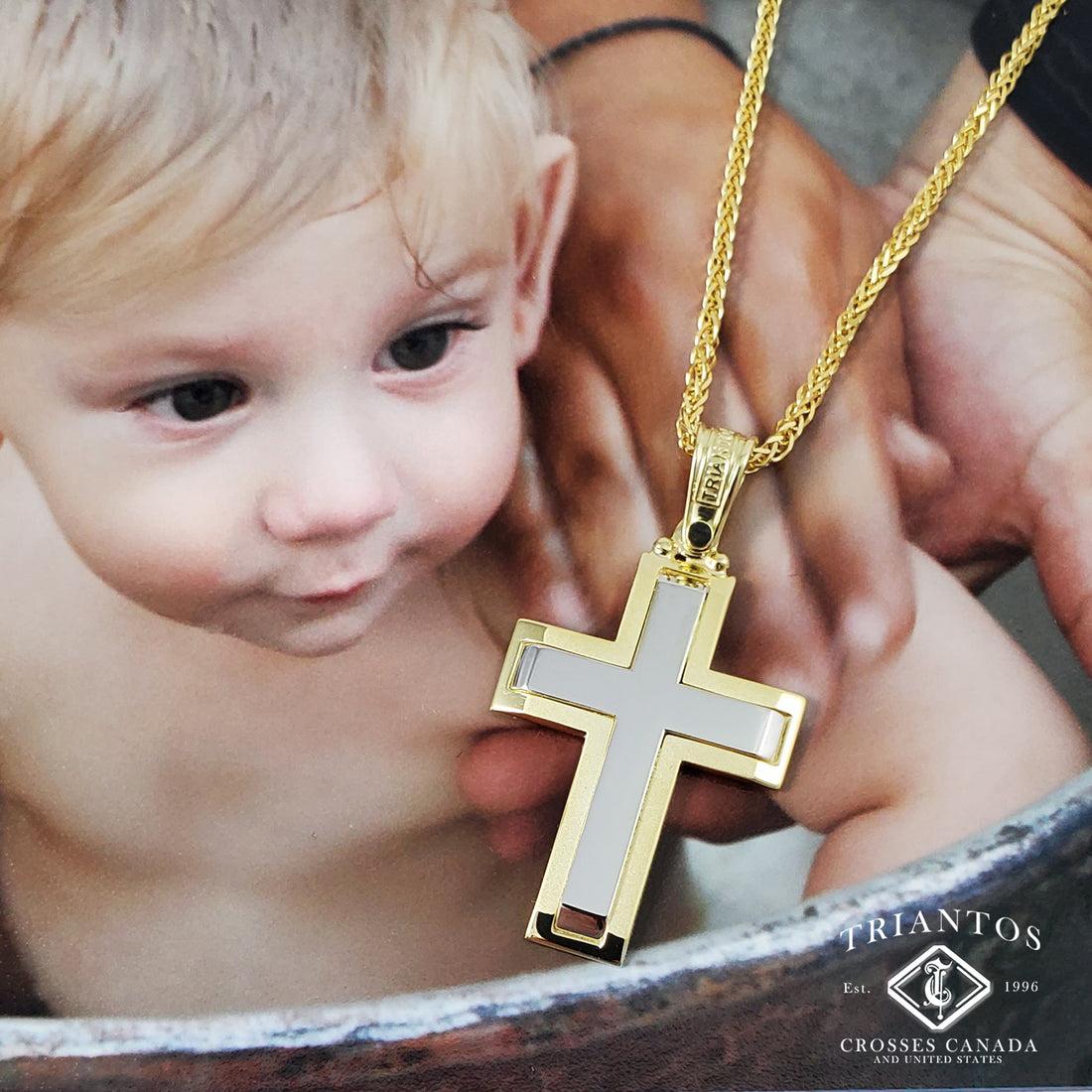Baptism is a sacrament that is practiced in various faith traditions, and it takes three forms: immersion, affusion or pouring, and aspersion or sprinkling. Each method has its own significance and is used differently among different religions.
Immersion is viewed as a rite of cleansing by many who practice it, with the believer rising from the water with a new life. Affusion and aspersion, on the other hand, are seen as the gift of cleansing and eternal life of the Spirit coming from above - God. Despite the differences in meaning and method, all agree that the water should be moving to represent living water.
Immersion involves submerging the body into the water, or partial submergence into the water, where believers just stand or kneel while water is poured over them. This method is preferred by most churches that exclusively practice adult baptisms. Affusion is pouring water onto the head of the convert, and in some instances, the water is poured on the individual’s forehead three times. Aspersion, meanwhile, is the method of baptism that involves sprinkling (holy) water on the individual’s head or forehead. It is believed that this method derived out of the necessity to baptize children, people who were sick, and people who were incarcerated.
Some religions, such as the Catholic Church, teach that babies must be baptized or christened, usually within the first year after they are born. Others, however, believe that a person should not be baptized until they have reached an age of accountability, which can occur anywhere from the preteen years into adulthood.
23 Churches that practice baptism include Anglicans (including Episcopalians), Anabaptists, Baptists, Catholics, Christadelphians, Churches of Christ, Community Churches, Disciples of Christ, Eastern Orthodox Churches, and Oriental Orthodoxy, Evangelical Free Churches, Grace Communion International, and Jehovah’s Witnesses, among others. Each of these churches has its own philosophy and methods of baptism, and some may only practice adult baptism or require full or partial immersion. The key takeaway is that baptism is a sacrament that is viewed differently among different religions and has different meanings, methods, and significance.
23 Churches that practice Baptism
- Anglicans (including Episcopalians): Their philosophy is that baptism is for the cleansing of sins or original sin, rebirth, and entry into the denomination and the body of Christ through God’s grace. Baptism is performed in the name of the Father, the Son, and the Holy Spirit –the Holy Trinity. So, infant baptism is allowed. Methods used are immersion, affusion, and aspersion. Episcopalians prefer the method of affusion.
- Anabaptists: They believe that baptism is not necessary for salvation, but symbolic. Therefore adult baptism is the only true baptism by immersion or affusion. Their name means “to be baptized again.”
- Baptists: Baptism is symbolic, and by immersion only. Infant baptism is not practiced.
- Catholics: For all manner of Catholics, baptism is sacramental in the name of the Holy Trinity (the “Great Commission” Matthew 28: 18-20) and grants eternal salvation and remission of sins by God’s grace. They practice infant baptism. Latin Rite Catholics use the method immersion (Ambrosian Rite) or affusion. Roman Catholics use aspersion, but the water must flow on the head. Eastern Catholics use full or partial submersion.
- Christadelphians: They view the rite of baptism as granting repentance and salvation though it is only for adults and by immersion.
- Churches of Christ: They too view baptism as granting repentance and salvation, but do not practice infant baptism. They baptize by full immersion following the biblical Book of Acts 8:38.
- Community Churches: Baptism is the outward symbolism of cleansing as well as the acceptance of salvation and new life through God’s grace. The method used is immersion, and infant baptism is not permitted.
- Disciples of Christ: Their ideology of baptism is that it is symbolic of Jesus’ death, burial, and resurrection, cleansing of sin, rebirth through God’s grace, and entry into the Christian faith. Baptism is by immersion or affusion. They do not practice infant baptism.
- Eastern Orthodox Churches, Oriental Orthodoxy: Baptism is sacramental; for salvation and remission of sins. It is by full or partial immersion, and infants are included.
- Evangelical Free Churches: Their view is that baptism is the public symbol of the profession of faith, God’s grace, and rebirth. Baptism is by immersion for adults only.
- Grace Communion International: Their view of baptism is similar to the Evangelical Free Churches.
- Jehovah’s Witness: They also view baptism as a public symbolism of individual belief performed by full immersion. Therefore, they do not practice infant baptism.
- Lutherans: Their philosophy is that baptism is sacramental and grants eternal salvation. The method used is aspersion, and infant baptism is practiced.
- Methodists: Their belief is that baptism grants the sacrament of salvation, the profession of faith, and is an initiation into the Christian community. All Methodists including Wesleyans, United Brethren, and the African Episcopal Methodist Church use immersion, affusion, or aspersion and baptize infants.
- Metropolitan Community Church: Baptism is sacramental and part of worship. The method used is immersion, and infant baptism is practiced.
- Moravian Church: Baptism is sacramental and necessary for entry into Christianity. They use immersion, affusion, or aspersion and practice infant baptism.
- Nazarenes/ Church of the Nazarenes: Baptism grants the sacrament of salvation and acceptance of Jesus. Methods used are immersion, affusion, or aspersion. Infant baptism is practiced.
- Pentecostals: Their baptismal ideology is that it is a symbolic representation of the individual’s belief and acceptance of Jesus as savior, which only adults can understand and profess. The Oneness Group believes baptism is a requirement for salvation. Both Oneness and Trinitarian Pentecostals use full immersion and do not practice infant baptism.
- Presbyterians: Baptism is a sacrament, seal, and outward symbol of “inward grace.” It also grants membership into the Christian community. So, infant baptism is practiced. Methods used are immersion, affusion, or aspersion.
- Revivalists: They view baptism as the receipt of the Holy Spirit, which is necessary for salvation. Method use is immersion. Infant baptism is not practiced.
- Seventh Day Adventists: Baptism is a requirement for membership into their church and Christianity. It symbolizes “death to sin and new birth in Christ.” The method used is full immersion, and infant baptism is not practiced.
- The Church of Jesus Christ of Latter-Day Saints (Mormons): All converts must be baptized or re-baptized. They do not view baptism as cleansing of sins but rather a ritual of forgiveness of sins, repentance, and preparation for receiving the gift of the Holy Spirit, which occurs in the sacrament of confirmation/ laying of hands. Baptism is by full immersion and is given to individuals from the age of eight upwards.
- The United Church of Christ (Evangelical & Reformed Churches, & Congregational Christians): Baptism is viewed as an outward symbol of one’s “inward grace” given by God. Some churches use the rite as an initiation into church membership. Methods used are immersion, affusion, or aspersion. Infant baptism is practiced.

